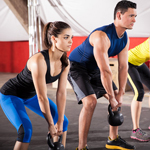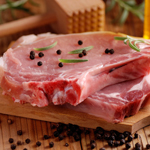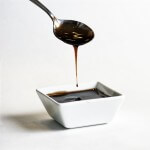Table of Contents
Our bodies are meant to move a lot. That was true millennia ago, when our ancestors roamed the grasslands for wild game, and it’s true today.
Studies have repeatedly shown that a sedentary lifestyle leads to increased risks of obesity and heart disease, decreased lung and heart function, reduced flexibility and more. Regular exercise, on the other hand, is associated with the exact opposite: improved posture and flexibility, increased lung and heart capacity, strengthened muscles and joints, and so forth.
But of course, even the fattest man alive knows that exercise is good for you. Its health benefits are obvious.

“B-But I thought exercise caused you to gain weight!” – said no man, ever
Instead, let’s focus on a more pertinent question: What exercises are best for achieving optimal health, including long-term weight loss?
That’s actually an easy question to answer. Our understanding of the human body and the mechanisms by which it burns and retains fat has increased immeasurably during the last 20 years or so, and the results have been in for a long time: The best kind of exercise for almost all body types is high-intensity interval training!
What Is High-Intensity Interval Training?
High-intensity interval training (HIIT) is an exercise strategy whereby an individual alternates between short periods of intense anaerobic exercise and (usually longer) periods of non-intense “recovery” exercise.
Unlike prolonged aerobic exercise (regular extended cardio sessions), HIIT sessions seldom last longer than 20-30 minutes due to their intensity. Moreover, HIIT sessions usually begin with a gentle warm-up period and end with a gentle “winding down” period.
Here are two examples of HIIT in action:
The most important point to remember is that the intense anaerobic period is designed to push your heart rate to the limit, while the recovery period is designed to return the resting heart rate. In other words, you should feel exhausted at the end of the intense anaerobic period, and ready to start again at the end of the recovery period.

If you’re not sweating, it’s not HIIT!
There is no set time limit for either the intense anaerobic or recovery periods. When starting out, an overweight person might require 5 minutes or more of recovery time for every 20 seconds of intense exercise. Meanwhile, an experienced athlete might require less than 15 seconds of recovery time for every 40 seconds of intense exercise. It all depends on how fit you are.
Why Is HIIT Good for You?
The bottom line is that brief bouts of intense anaerobic exercise are superior for aiding weight loss and lean tissues development, and expanding heart and lung health, than prolonged aerobic exercise (PAE). In order to understand why, however, we need to realize what we are telling our bodies with each type of exercise.
However, it gets worse. Exercise is a form of stress, and when we are stressed for a long time, our bodies produce large quantities of the stress hormone cortisol, which is catabolic in nature. The result? We lose muscle and other essential tissues.
This is why people who lose weight from prolonged aerobic exercise often end up looking like smaller versions of themselves. They might look slimmer and healthier on the surface, but when they remove their clothes… the body fat is still there.
They have become “skinnyfat.”
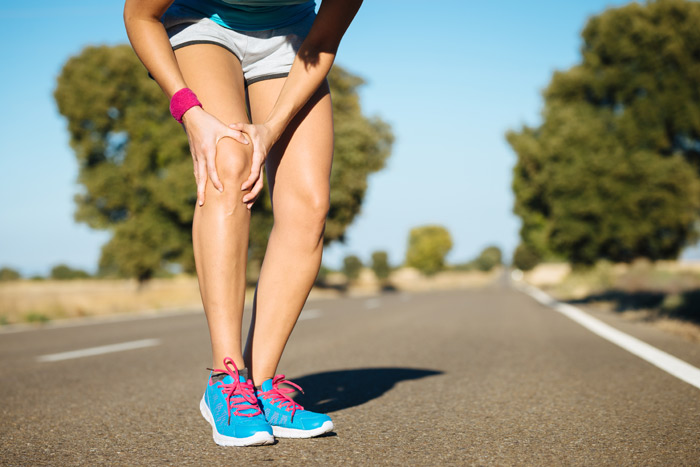
There are also joint problems associated with extended high-impact cardio, and the knees are often the first to suffer
The result is greater long-term cardiovascular health, retention of muscle and more efficient fat burning. In short, a body to be proud of.
But that’s not all, folks. HIIT has another advantage over PAE, and it’s called…
The Afterburn Effect
After a HIIT workout, a process known as excess post-exercise oxygen consumption (EPOC), or the “afterburn effect,” begins in our body. During this process, our body increases its oxygen consumption so it can restore itself to a resting state. To reach this resting state, our bodies must re-balance its hormones, repair damaged cells, oxidize excess lactic acid and more… and all these processes require energy from our fat stores.
Consequently, our bodies continue burning fat and calories for a long time – often up to 38 hours – after our HIIT workout has ended. You could spend the next 12 hours after a HIIT workout slumped on the couch watching TV and still burn fat!
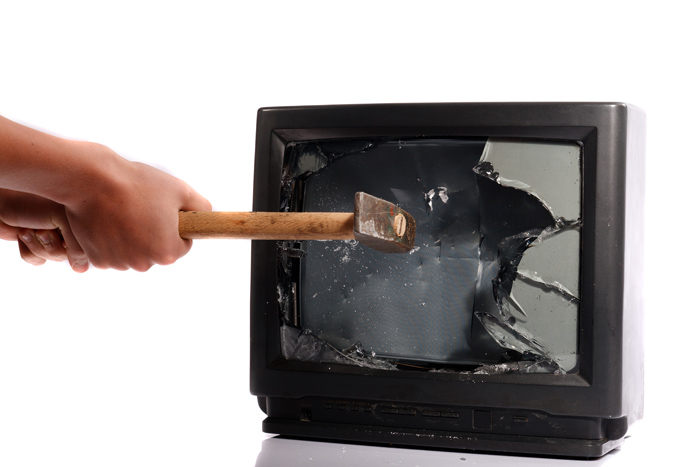
Not that I would ever encourage anyone to watch TV
Prolonged aerobic exercise, however, doesn’t have an afterburn effect. Once you’re done exercising, you’re done burning fat and calories. Sorry, that’s all you’re getting.
This means that HIIT actually ends up burning more fat and calories when compared to PAE!
Okay… Where’s the Proof?
Within the last 5 years or so, a huge amount of research was conducted on the health benefits of HIIT and the results are, almost without exception, extremely positive.
For example, check out what the following studies have found about HIIT:
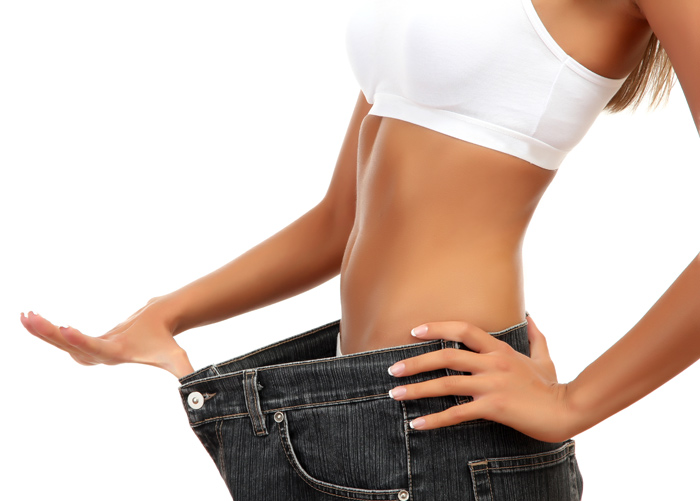
Efficient fat loss is one of the most commonly-reported benefits of HIIT, but it isn’t the only benefit
Many studies have also compared HIIT with regular prolonged exercise, and the overwhelming majority of them found that HIIT is, without a doubt, the better quality exercise.
Here are some of the conclusions reached by these studies:
So, there you have it: As well as improving our physical and mental health, HIIT was shown to be far better than regular prolonged exercise at burning fat, improving cardiovascular health and more!
Did you know?
Those of us who regularly engage in HIIT are in good company.
Our paleolithic ancestors, who were almost entirely free from the modern diseases blighting us today, also lived lives in which short, sudden bursts of anaerobic exertion – such as running away from a predator that sprung from the bushes – constituted the majority of their physical activity.
Perhaps this is why HIIT is so good for us: it’s literally how we evolved to achieve fitness.

“Seriously, I was this close to getting eaten!”
The Importance of Variation
When people discover an exercise routine that they enjoy doing, it’s perfectly natural for them to want to stick with it throughout their weight loss journey. Unfortunately, our bodies adapt to exercise routines pretty quickly, and once a routine becomes less challenging for us, it also becomes less effective at burning fat. The result? The much-feared weight loss plateau.
HIIT routines are not spared by the rule of adaptation either, and sticking to the same HIIT routine will also result in a plateau. It might arrive later than usual due to the intense nature of the workouts, but it will happen eventually.
Therefore, it’s important to keep your exercise routine varied for maximum results. Instead of just sticking to the elliptical machine, for instance, why not alternate between the elliptical machine, the treadmill and the exercise bike? Better yet, incorporate some strength training into your workout as well. Keep it unpredictable!
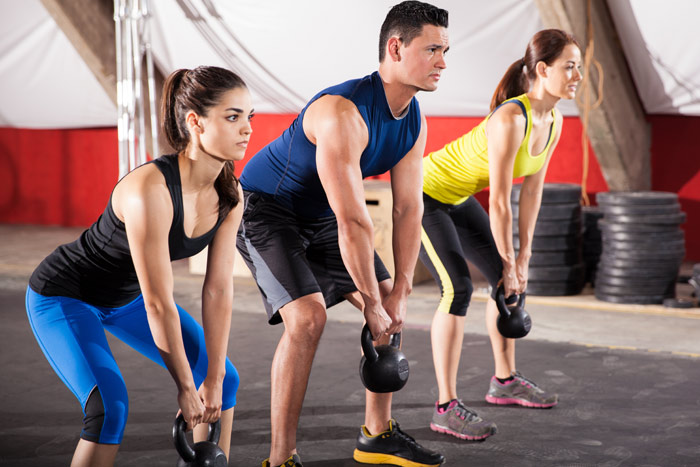
Kettlebells are popular with high-intensity trainers
HIIT Cannot Compensate for a Poor Diet
I know, I know, you’ve heard it a million times before, so I’ll be quick.
You won’t gain much benefit from HIIT, or any other form of exercise, if your diet is mired in the modern excesses of refined sugar, trans fats, gluten, etc. Many health experts estimate that weight loss is 70% diet related, and I sometimes wonder if that’s an understatement.
I won’t go too deeply into the diet issue here, since it is outside the scope of this article. As a general rule, though, aim to replicate the diets of our paleolithic ancestors, namely, a high fat, low carb diet rich in organic whole foods. At the very least, avoid refined sugar and gluten-containing grains, which are the most damaging components in the Standard American Diet.
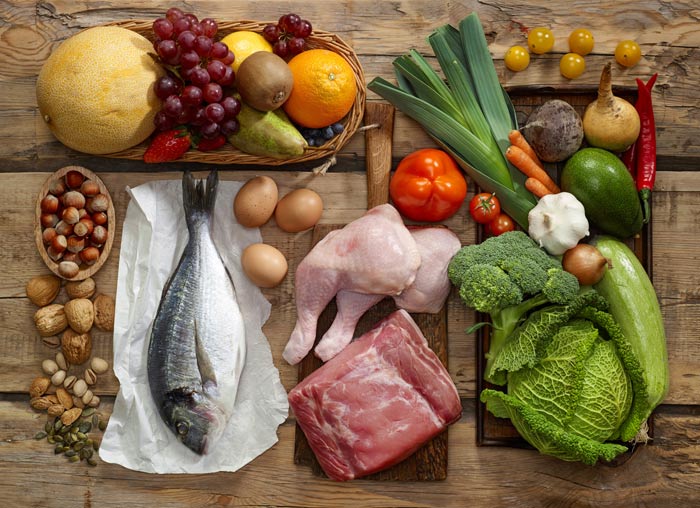
Eat correctly and your body will reshape itself naturally… with or without exercise
Summary of HIIT’s Benefits
High-intensity interval training (HIIT) is much healthier and more effective for weight loss than regular prolonged cardio. Unlike the latter, the former improves the long-term health of our heart and lungs, limits the amount of muscle-eating cortisol our bodies produce (since the exercise routines tend to be much shorter in duration), is more effective at burning body fat both during AND after exercise, and accords with our evolutionary development.
Therefore, as long as we keep our exercise routines varied and unpredictable, and ensure that we adhere to a natural diet of organic whole foods, all of us should have no problems losing excess fat and improving our health with HIIT.




